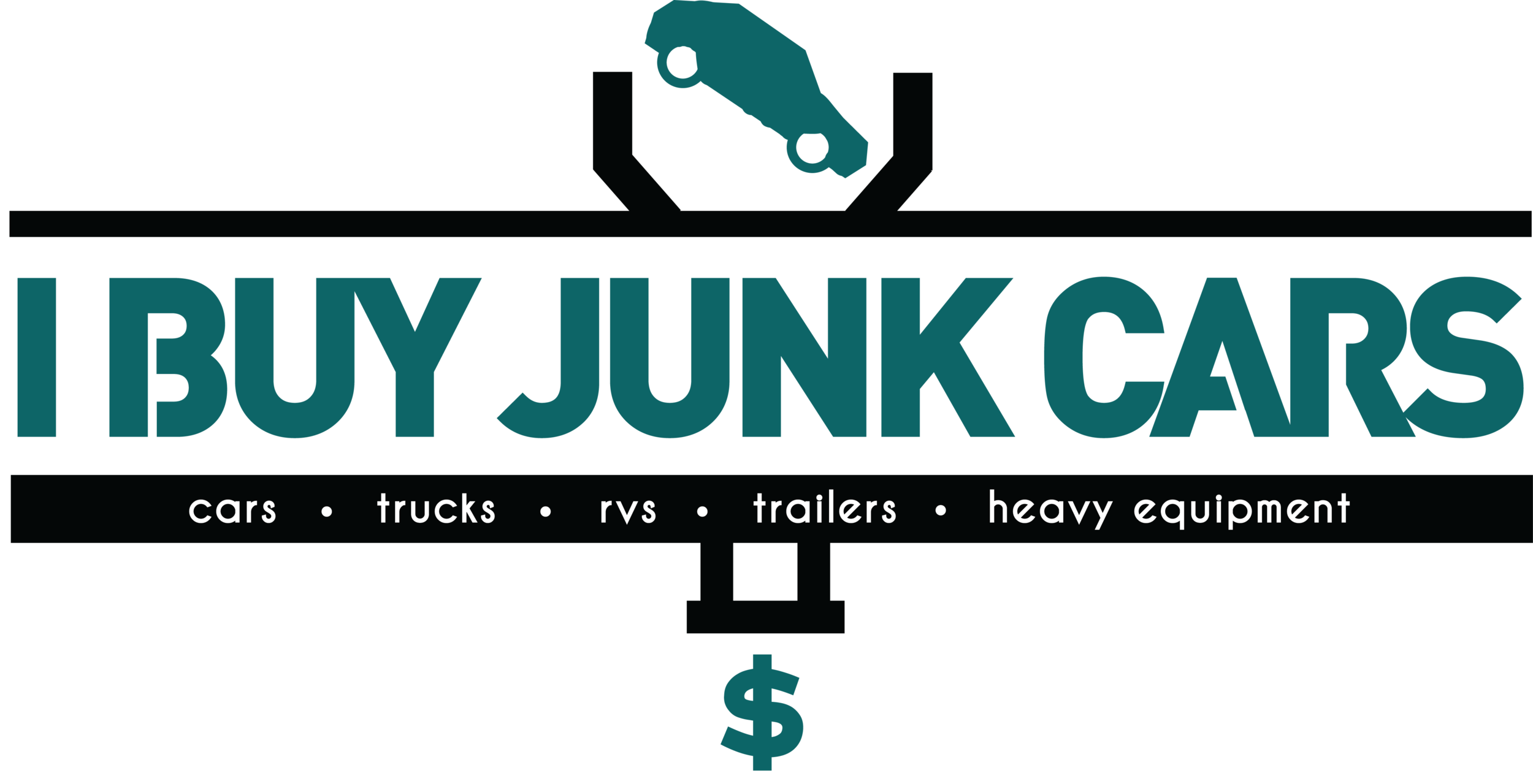Emission Control Standards and Cleaner Air
'Clean air begins here!" touts the Arizona Department of Environmental Quality emission control testing webpage. We mutter and grumble as we search for a testing site, pony up the required fee and hope our vehicle passes the emissions test.
Take a deep breath and...cough.
Of course, it may well be that it doesn’t pass, in which case a repair might in order, and that fix is likely as not to be expensive.
Or, the engine light may go on to issue a warning telling you that the car isn’t running correctly. Even if you put it off, you'll have to repair the problem before a visit to the testing station,
Either way, passing the emissions test is a requirement for Phoenix and Tucson vehicles in order for them to be registered. Newer cars must be tested every other year. Older cars are required to be tested every year. If the engine light is on, regardless of the cause, the car won’t be issued a pass from the emissions testing site.
As inconvenient as it is, the stringent government standards have improved air quality in metropolitan areas. Since 1990, for example, California has seen a dramatic drop in pollution, even though the population and vehicle usage has increased substantially.
U.S. cars emit 98% less pollution than they did in the 70's.
The emission testing program is one small part of a bigger picture. Not only are newer cars built to run cleaner, but there is an ongoing move toward cleaner fuel and developing hybrid vehicles. Most states now have some form of emissions testing, at the very least for cars in metropolitan areas.
Carmakers are making cleaner-running cars, as well. Regulations like the Zero Emission Vehicle (ZEV) program, a California-based mandate, requires automakers to sell a certain percentage of hybrid, electric, and hydrogen-based vehicles per year. Nine other states have also adopted ZEV, including Connecticut, Rhode Island, Maine, Massachusetts, Maryland, Oregon, New York, Vermont and New Jersey. By 2025, the California ZEV program will expand the requirements dramatically to about 8% of all new car sales. While Arizona isn’t a ZEV state yet, we would be well advised to take a cue from our cleaner brothers.
Although the emissions program seems to be a minimal fix compared to other forms of pollution, the decline in air contaminants has made an impact in what used to be the dirtier cities in the U.S. The effect doesn’t seem to be significant until one has the opportunity to travel to cities outside of the U.S. Havana, Cuba, for example, has a pervasive, noxious odor as a result of their lack of emission waste standards. At any moment in time, a person on the street can be subjected to a blast of black smoke billowing from the tailpipe of the car traveling the road beside them. While these cars are classic, antique vehicles, the cost to public health is undeniable. Similarly, in cities all over the world, auto emission contaminants are a considerable source of health hazards to the population.
So, the next time you pay for your vehicle emissions test or even reach for your credit card to pay for that faulty EGR valve, take a moment to breathe and realize what a privilege it is to be able to do so without the threat of airborne contaminants.
If you are in the Phoenix Metro area and want a no-hassle cash quote for an old, wrecked, unwanted, salvage or burned car, SUV, van or truck, give us a call at I Buy Junk Cars. 480-771-8290.



